Michael G. LaFosse - Origami Endangered Animals Ebook: Paper Models of Threatened Wildlife
Here you can read online Michael G. LaFosse - Origami Endangered Animals Ebook: Paper Models of Threatened Wildlife full text of the book (entire story) in english for free. Download pdf and epub, get meaning, cover and reviews about this ebook. year: 2019, publisher: Tuttle Publishing, genre: Children. Description of the work, (preface) as well as reviews are available. Best literature library LitArk.com created for fans of good reading and offers a wide selection of genres:
Romance novel
Science fiction
Adventure
Detective
Science
History
Home and family
Prose
Art
Politics
Computer
Non-fiction
Religion
Business
Children
Humor
Choose a favorite category and find really read worthwhile books. Enjoy immersion in the world of imagination, feel the emotions of the characters or learn something new for yourself, make an fascinating discovery.
- Book:Origami Endangered Animals Ebook: Paper Models of Threatened Wildlife
- Author:
- Publisher:Tuttle Publishing
- Genre:
- Year:2019
- Rating:3 / 5
- Favourites:Add to favourites
- Your mark:
Origami Endangered Animals Ebook: Paper Models of Threatened Wildlife: summary, description and annotation
We offer to read an annotation, description, summary or preface (depends on what the author of the book "Origami Endangered Animals Ebook: Paper Models of Threatened Wildlife" wrote himself). If you haven't found the necessary information about the book — write in the comments, we will try to find it.
A portion of the proceeds benefit wildlife conservation.
An interactive way to foster appreciation and understanding of our planets endangered species! Origami Endangered Animals Ebook , from master origami artists Michael LaFosse and Richard Alexander, is designed to educate and entertain in equal measure.
This origami ebook includes:
- High quality, printable origami paper
- Full-color instructions
- Free online video demonstrations
- Educational notes about endangerment and threatened species
The 12 animals featured in this kit range from the diminutive Macaque to the massive Blue Whale, and also include:
- The Leopard: These big cats are the victims of shrinking habitats and trophy hunters. Only 12,000 to 14,000 remain in the world.
- The Rhinoceros: These animals are frequent targets of poachers. There are 28,000 to 30,000 individuals remaining.
- The Macaque: These clever primates suffer from disease and shrinking habitats as farmlands expand.
- The Gorilla: These critically endangered primates are being rapidly hunted to extinction.
- The Sea Turtle: Ungainly on land, these reptiles are victims of beach development, bycatch, poaching, marine debris, and more.
- The Tiger: A ferocious apex predator, these big cats suffer from shrinking habitats, hunting, and poaching. Only 8,000 to 10,000 individuals remain, half of them in captivity.
- The Elephant: The largest land mammal, these massive herbivores are threatened by habitat loss and poaching.
- The Great White Shark: These impressive predators are critically endangered due from overfishing, and slow reproductive maturity. Only around 3,500 individuals remain.
- The Blue Whale: The largest animal on earth, tipping the scales at over 120 tons! These giants were nearly hunted to extinction and are now recovering their numbers, but face many environmental challenges. There are estimated to be 10,000 to 25,000 individuals remaining in the world.
- The Emperor Penguin: These majestic flightless birds live exclusively in the southern hemisphere. Not yet endangered, but severely threatened.
- The Giant Panda: These cuddly bears are threatened by habitat pressure and low birthrates. Only around 1,200 remain in the world.
- The Australian Sea Lion: These mammals spend most of their time in the water and are heavily hunted, their food sources heavily fished out until recently. Fewer than 15,000 individuals remain.
These fun-to-fold paper animals are an ideal way to bring natural beauty into your home or office, while also highlighting the plight of endangered wildlife species. Animal figures are the most popular form of origami, and now anyone can use them to learn more about these important species.
Michael G. LaFosse: author's other books
Who wrote Origami Endangered Animals Ebook: Paper Models of Threatened Wildlife? Find out the surname, the name of the author of the book and a list of all author's works by series.

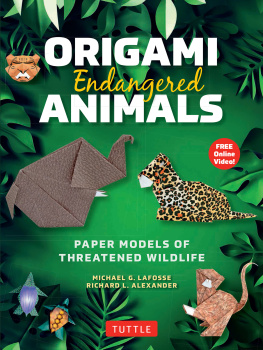
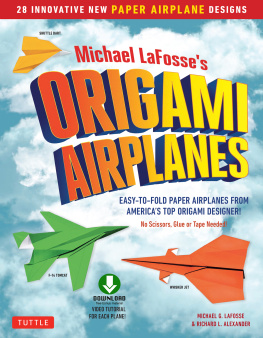
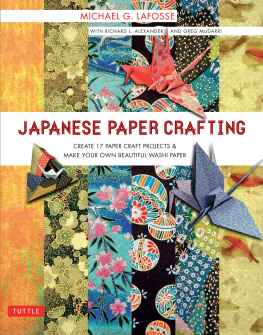
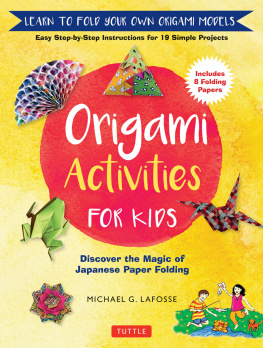
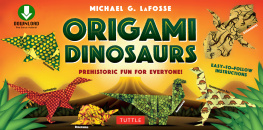


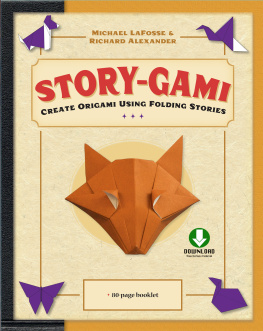

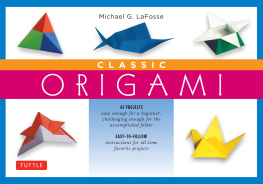
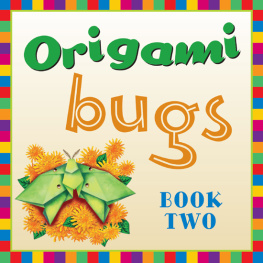
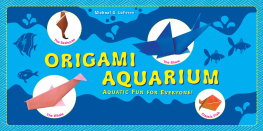

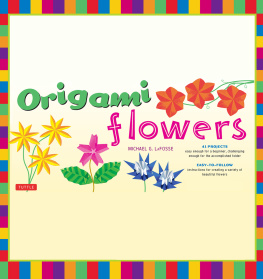
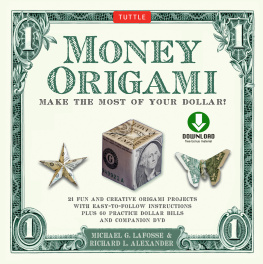
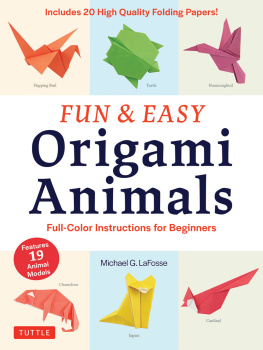
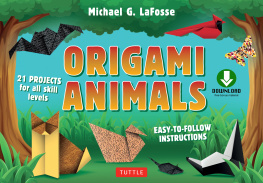
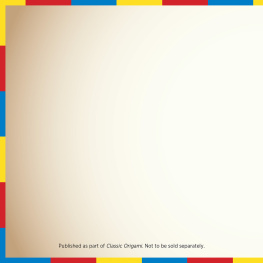
 How to view and download the free online folding demonstration videos 1. 2. 2.
How to view and download the free online folding demonstration videos 1. 2. 2.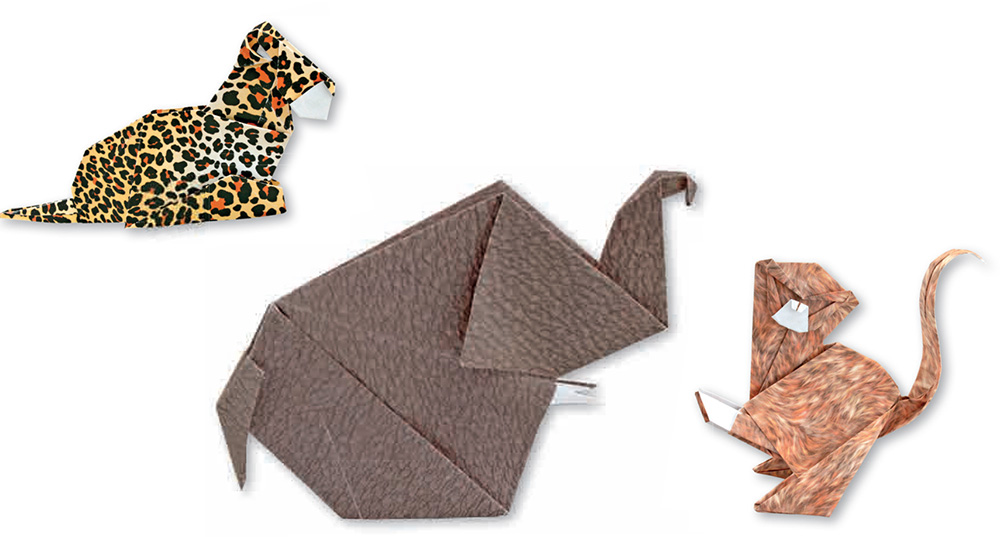
 Introduction Imagine the poverty of a world tragically robbed of its magnificent wild creatures. The subjects of this book are under great stress, mostly because we humans have changed the wild habitats that are so critically important to their health. These threatened or endangered creatures are just a few examples of thousands of imperiled species.
Introduction Imagine the poverty of a world tragically robbed of its magnificent wild creatures. The subjects of this book are under great stress, mostly because we humans have changed the wild habitats that are so critically important to their health. These threatened or endangered creatures are just a few examples of thousands of imperiled species. Success will take awareness, involvement, time, and money. This collection of origami is our way to help raise awareness. We chose to represent these animals because they are each iconic and magnificent in their own way. The loss of any of them would be unthinkable. How can you get involved? Each of us has a part to play in wildlife conservation. How can you get involved? Each of us has a part to play in wildlife conservation.
Success will take awareness, involvement, time, and money. This collection of origami is our way to help raise awareness. We chose to represent these animals because they are each iconic and magnificent in their own way. The loss of any of them would be unthinkable. How can you get involved? Each of us has a part to play in wildlife conservation. How can you get involved? Each of us has a part to play in wildlife conservation.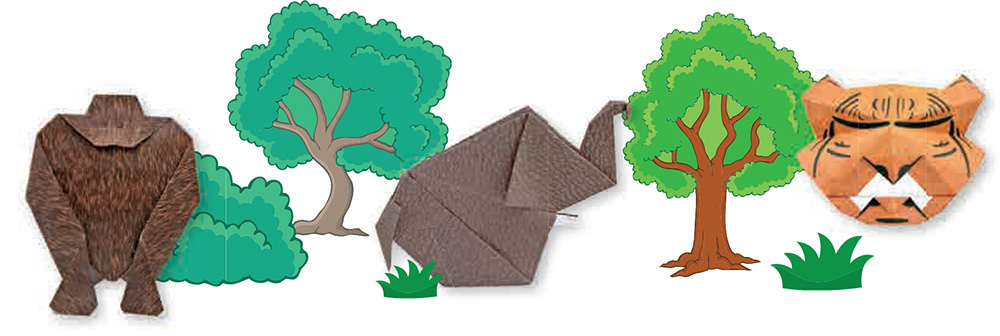 Selected Origami Techniques
Selected Origami Techniques Squash Fold Two or more layers of paper are separated to open a pocket which is then flattened. Most squash folds are symmetrical.
Squash Fold Two or more layers of paper are separated to open a pocket which is then flattened. Most squash folds are symmetrical. 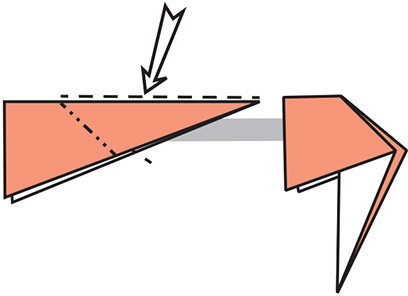 Inside-Reverse Fold A section of a mountain-folded edge is reversed to become a valley fold. The layers of the folded section travel INside the shape.
Inside-Reverse Fold A section of a mountain-folded edge is reversed to become a valley fold. The layers of the folded section travel INside the shape. 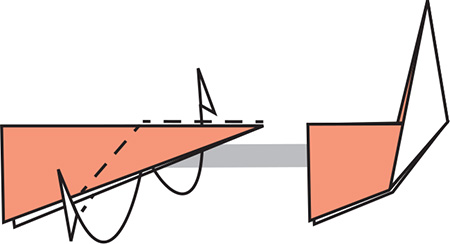 Outside-Reverse Fold A section of a mountain-folded edge is reversed to become a valley fold. Rabbit Ear A flat area of paper is folded to produce an extra flap, which is known as a rabbit ear.
Outside-Reverse Fold A section of a mountain-folded edge is reversed to become a valley fold. Rabbit Ear A flat area of paper is folded to produce an extra flap, which is known as a rabbit ear.  Origami Symbols Key
Origami Symbols Key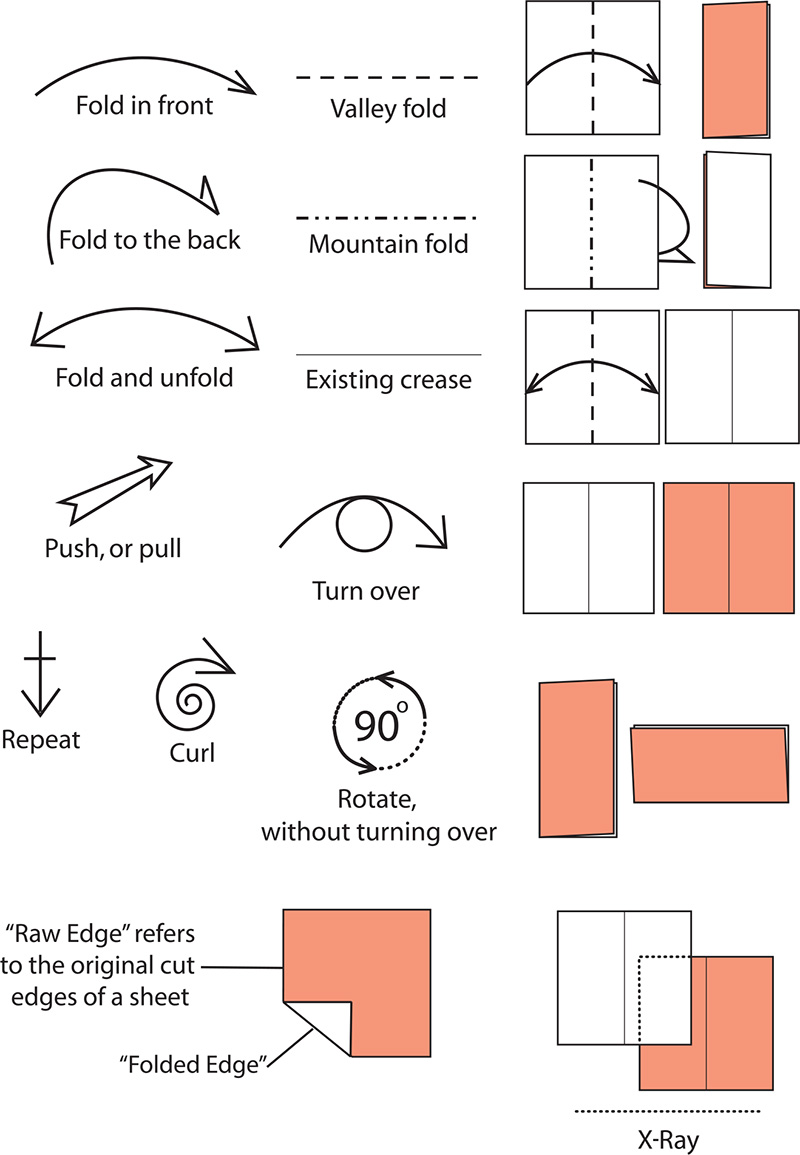 PenguinsDesigned by Michael G.
PenguinsDesigned by Michael G. 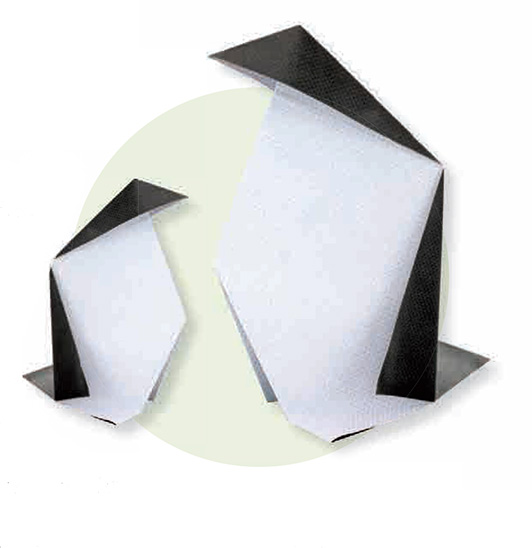 There are seventeen species of penguins. They are endangered due to: Habitat loss or disruption Warming sea temperatures Loss of Antarctic ice shelves Loss of their primary food species of fish, due to the changing habitat and overfishing Incidental capture and drowning when caught in fishing nets Contamination of the ocean, acidification from power plant emissions Disruption by human tourists A relatively low reproductive rate Penguins are birds that fly through the water at great speed, but no penguins can fly in the air at all. They are only found south of the Equator, but that doesnt mean they all live in the cold climate of Antarctica, although most people do associate penguins with the South Pole. Galapagos penguins live fairly close to the Equator. Out of the water, penguins are slow, which makes them vulnerable to predators unless they maintain a tight social grouping called a
There are seventeen species of penguins. They are endangered due to: Habitat loss or disruption Warming sea temperatures Loss of Antarctic ice shelves Loss of their primary food species of fish, due to the changing habitat and overfishing Incidental capture and drowning when caught in fishing nets Contamination of the ocean, acidification from power plant emissions Disruption by human tourists A relatively low reproductive rate Penguins are birds that fly through the water at great speed, but no penguins can fly in the air at all. They are only found south of the Equator, but that doesnt mean they all live in the cold climate of Antarctica, although most people do associate penguins with the South Pole. Galapagos penguins live fairly close to the Equator. Out of the water, penguins are slow, which makes them vulnerable to predators unless they maintain a tight social grouping called a